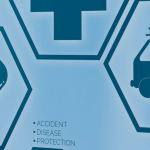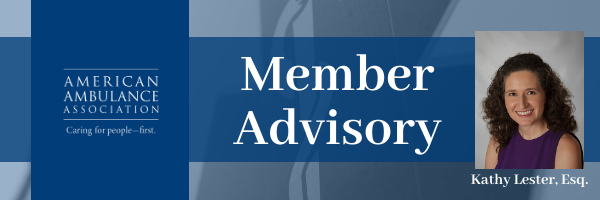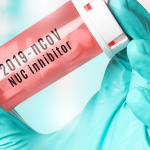Department of Health and Human Services Extends Deadline to Apply for Provider Relief Funds
The Department of Health and Human Services (HHS) recently announced that it would be extending the deadline for health care providers to apply to receive general distribution funding from the HHS Provider Relief Fund. The deadline to apply for these funds was previously June 3, 2020.
Relevant Background
On March 27, 2020, President Trump signed into law the Coronavirus Aid, Relief, and Economic Security Act (CARES Act). As part of that Act, Congress allocated $100 billion to the creation of a “CARES Act Provider Relief Fund,” which will be used to support hospitals and other healthcare providers on the front lines of the nation’s coronavirus response. An additional $75 billion was allocated as part of the Paycheck Protection Program and Health Care Enhancement Act, bringing the total “Provider Relief Fund” up to $175 billion. This $175 billion will be distributed to health care providers and suppliers to fund healthcare-related expenses or to offset lost revenue attributable to COVID-10.
HHS ultimately elected to allocate these funds through a $50 billion “general allocation,” and multiple smaller “targeted allocations.”
Under its general allocation program, HHS intended to provide health care providers with funds roughly equal to 2% of the provider’s 2018 “net patient revenue,” i.e., the provider’s total revenues from patient care minus provisions for bad debt, contractual write-offs, and certain other adjustments. This general allocation was made in two tranches, with the first tranche being distributed to all providers in mid-April. This first tranche was made based on provider’s 2019 Medicare revenues. As a result, any provider that received payments from the Medicare Fee-for-Service Program in 2019 automatically received an initial relief payment. However, HHS required providers to submit an application to receive relief funding as part of the second tranche. The deadline for applying for the second tranche of relief funding was June 3, 2020.
Scope of New Extension
HHS indicated that the new extension is limited to health care providers that missed the June 3, 2020 deadline to apply for the second tranche of relief funding. The extension also applies to providers that were ineligible for the first tranche of relief funding due to a recent change of ownership. The specific situations that HHS indicated would meet the requirements for the extension include:
- Health care providers who were ineligible for the first tranche of relief funding because: (1) they underwent a change in ownership in calendar year 2019 or 2020 under Medicare Part A and (2) did not have Medicare Fee-for-Service revenues in calendar year 2019;
- Health care providers who received a payment in the first tranche of funding but: (1) missed the June 3, 2020 deadline to submit revenue information or (2) did not receive funds in the first tranche that total approximately 2% of their net patient revenue; or
- Health care providers who received a payment in the first tranche of funding, but who ultimately elected to refund that payment (e.g., because they did not believe they met the eligibility requirements), and who are now interested in reapplying.
Health care providers that meet one of the requirements listed above will have until August 28, 2020 to submit an application for additional relief funds. This deadline aligns with the extended deadline for other eligible Phase 2 providers, such as Medicaid, Medicaid Managed Care, CHIP, and dental providers.
Applications should be submitted through the CARES Provider Relief Fund webpage, which can be found at: https://cares.linkhealth.com/#/.


















